Teacher Tips for Teaching World Geography: Economic, Social, Cultural, Political, and Physical Characteristics
Are you a World Geography Teacher trying to understand the standards, determine what to focus on, or just want a quick reference overview of key concepts sent to your email weekly?
SIGN UP NOW for World Geography teacher tips, quick references, and free materials.
As a world geography teacher it is important to understand the fundamental concepts of teaching World Geography and how to intertwine these concepts into your daily lessons.
SIGN UP NOW for World Geography teacher tips, quick references, and free materials.
World Geography Focus #1: Describing the economic, social, cultural, political, and physical characteristics of countries, nations, and world regions involves examining a broad range of factors that define and influence each area. These aspects are crucial in understanding the complexity of different regions and how they interact on a global scale. Membership for World Geography
When teaching these concepts you should include the following.
1. Economic Characteristics
- GDP and Economic Structure: The gross domestic product (GDP) of a region, its economic sectors (agriculture, industry, services), and its level of economic development.
- Trade: Major exports and imports, trade partners, and economic dependencies.
- Employment: Key industries, employment rates, and typical working conditions.
- Innovation and Technology: The presence of technological infrastructure, innovation hubs, and technological adoption.
2. Social Characteristics
- Population: Size, growth rates, and density of the population.
- Social Structure: Class structure, roles of families and communities, and social mobility.
- Health: Public health metrics, healthcare access, and prevalent diseases.
- Education: Educational systems, literacy rates, and educational attainment.
3. Cultural Characteristics
- Languages: Predominant languages spoken and linguistic diversity.
- Religions: Major religions and the role of religion in society.
- Traditions and Customs: Important cultural practices, holidays, and national symbols.
- Arts and Literature: Key contributions to arts, music, literature, and popular culture.
4. Political Characteristics
- Government Type: Democracy, monarchy, authoritarian regime, etc.
- Political Stability and Policies: Level of political stability, significant domestic policies, and public opinion.
- International Relations: Diplomatic relationships, memberships in international organizations, and geopolitical influence.
- Legal System: The rule of law, legal traditions, and human rights records.
5. Physical Characteristics
These characteristics help define the identity and functionality of regions and are essential for comparative geography, international relations, and global education. For educators, understanding these dimensions facilitates the teaching of a holistic view of world geography, helping students appreciate the diversity and interconnectedness of the world. Membership for World Geography
My Curriculum Materials are Available in a Membership for World Geography:
They are also available on my TPT Store:
WORLD GEOGRAPHY MEGA BUNDLE
My favorite websites to support World Geography:
Membership for World Geography
- Geography: Major landforms like mountains, rivers, lakes, and plains.
- Climate: Climate zones, typical weather patterns, and environmental issues.
- Biodiversity: Flora and fauna, protected areas, and ecological significance.
- Natural Resources: Availability of natural resources such as minerals, oil, forests, and water.
These characteristics help define the identity and functionality of regions and are essential for comparative geography, international relations, and global education. For educators, understanding these dimensions facilitates the teaching of a holistic view of world geography, helping students appreciate the diversity and interconnectedness of the world. Membership for World Geography
My Curriculum Materials are Available in a Membership for World Geography:
- Full World Geography curriculum in print and google apps
- Curriculum support
- Live updates
They are also available on my TPT Store:
WORLD GEOGRAPHY MEGA BUNDLE
- Basic Geography Maps and Skills Geography Curriculum Bundle
- Five Themes of Geography, Landforms and Waterways Geography Curriculum Bundle
- People and Resources (Population, Culture, Resources and Land Use) Geography Curriculum Bundle
- United States and Canada Geography Curriculum Bundle
- Latin America Geography Curriculum Bundle
- Europe Geography Curriculum Bundle
- Russia and Eurasia Geography Curriculum Bundle
- Russia and Eurasia Geography Curriculum Bundle
- Sub-Saharan Africa Geography Curriculum Bundle
- South Asia Geography Curriculum Bundle
- East Asia Geography Curriculum Bundle
- Southeast Asia Geography Curriculum Bundle
- Australia Geography Curriculum Bundle
My favorite websites to support World Geography:
- National Geographic National Geographic is a go to site for articles, images, and current events.
Membership for World Geography
Membership for World Geography
VISIT MY STORE AND FOLLOW TO GET UPDATES WHEN NEW RESOURCES ARE ADDED
learnedlessonstpt@gmail.com
Thank you for your support! --Learned Lessons



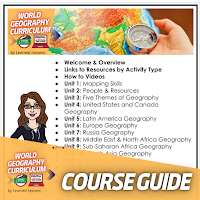

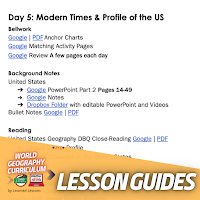


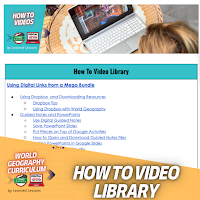
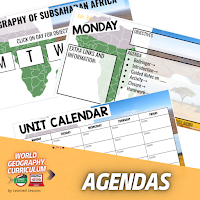




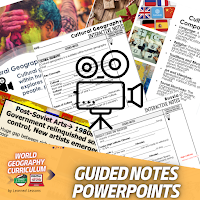
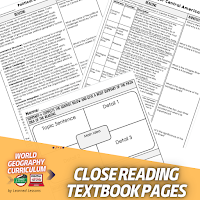
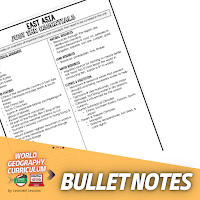
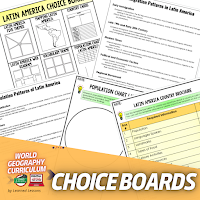



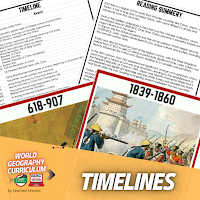













No comments